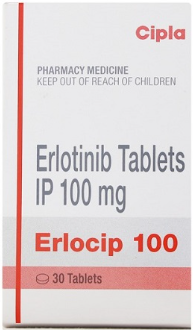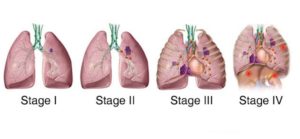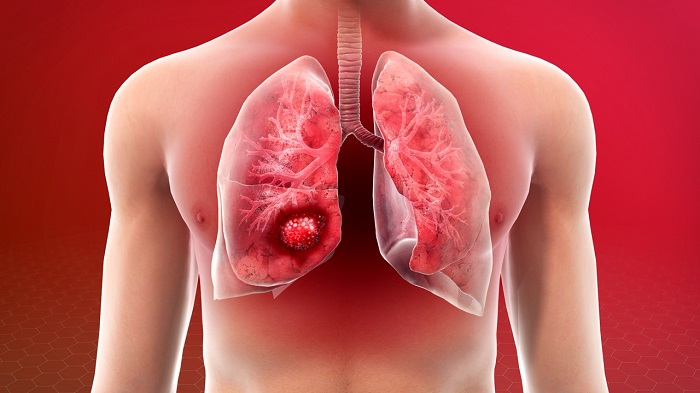What is the Survival Rate of Non-Small Cell Lung Cancer?

Table of Contents
Non-Small Cell Lung Cancer
Non-small cell lung cancer is also known as non-small cell lung carcinoma. The non-small cell means how cancer cells look under a microscope. When the cells appear small, they are known as small cell lung cancer or SCLC. As per research non-small cell lung cancer or NSCLC doesn’t spread rapidly like SCLC and therefore has a much better survival rate. Maximum people in the early phase of NSCLC can survive at least five years; however, the survival rate will be low if cancer spreads to your tissues during diagnosis.
What is the five-year rate of survival for NSCLC?
Five-year survival rate means a certain percentage of individuals infected with any cancer can stay alive for five years after diagnosis and treatment. Therefore, a five-year survival rate measures the deadlines for particular cancer. The average survival rate for non-small cell lung cancer cells is much higher than the survival rate of SCLC. As per some research, the five-year survival rate for NSCLC is relatively 25%. Several factors decide the survival rate for NSCLC-
- Age
- Overall health conditions
- Extent of cancer
- NSCLC subtype
If the cancer is only limited to the lungs, then the 5-year survival rate for NSCLC is 63%. If cancer spreads to your body’s nearby tissues, then the survival rate is 35%, and if it gets spreads to maximum distant tissues, then the 5-year survival rate is 7%. With the advancement of drugs like Erlocip 100 and technology, the 5year survival rate for lung cancers has increased to 22.1 % from 11.5% between 1985-2013.
Is there any treatable option for NSCLC?
NSCLC can be treatable if treatment methods start before cancer spreads to other parts of the body. If it remains limited to only a small portion of your lungs, it is treatable with the help of surgery. The advanced stage of cancer needs additional advanced treatment methods. Following are the treatment methods for Non-small cell lung cancer that can improve the survival rate –

- Laser therapy
- Surgery
- Radiation therapy
- Photodynamic therapy
- Immunotherapy
- Chemotherapy
- Electrocautery
New treatment methods and radiosensitizers are in clinical trials now to improve the survival rate of Non-small cell lung cancer.
Is non-small cancer lung cell slow-growing?
As compared to SCLC, NSCLC is slow-growing and has a positive outlook. Several factors influence the speed of cancer progression among people. Timely detection of cancer and early treatment methods and taking effective medicines like erlotinib 100 mg regularly on recommendation of your healthcare provider help slow the rate of the quick progression of cancer to other parts of the lungs and tissues. If you leave NSCLC untreated, it will spread to other body parts and result in a low survival rate.
Takeaway
Non-small cell cancer lung cells are common lung cancer. It has a positive outlook if the cancer is detected before it starts spreading to your lungs and tissues. About ⅔ of people diagnosed with early phase cancer can survive for a minimum of five years. Advanced Non-small cell cancer is known to have a low rate of survival.
If cancer spreads to the nearby tissues, then your chance of survival will drop to one in three, and if cancer spreads to other distant tissues, the chance of survival drops to one in ten. The treatment methods of Non-small cell lung cancer are improving with each passing day, and rates will rise in the upcoming future. Medicines like Erlotinib are helping to increase the survival rate over time.



 Anti Cancer Drugs
Anti Cancer Drugs Hepatitis C
Hepatitis C Meds for HIV
Meds for HIV Ayurvedic Medicine
Ayurvedic Medicine Transplant Medicine
Transplant Medicine Respiratory System
Respiratory System +91-9999064250 / 9811604424 / 9811604444
+91-9999064250 / 9811604424 / 9811604444
 8(800)100-47-90
8(800)100-47-90



